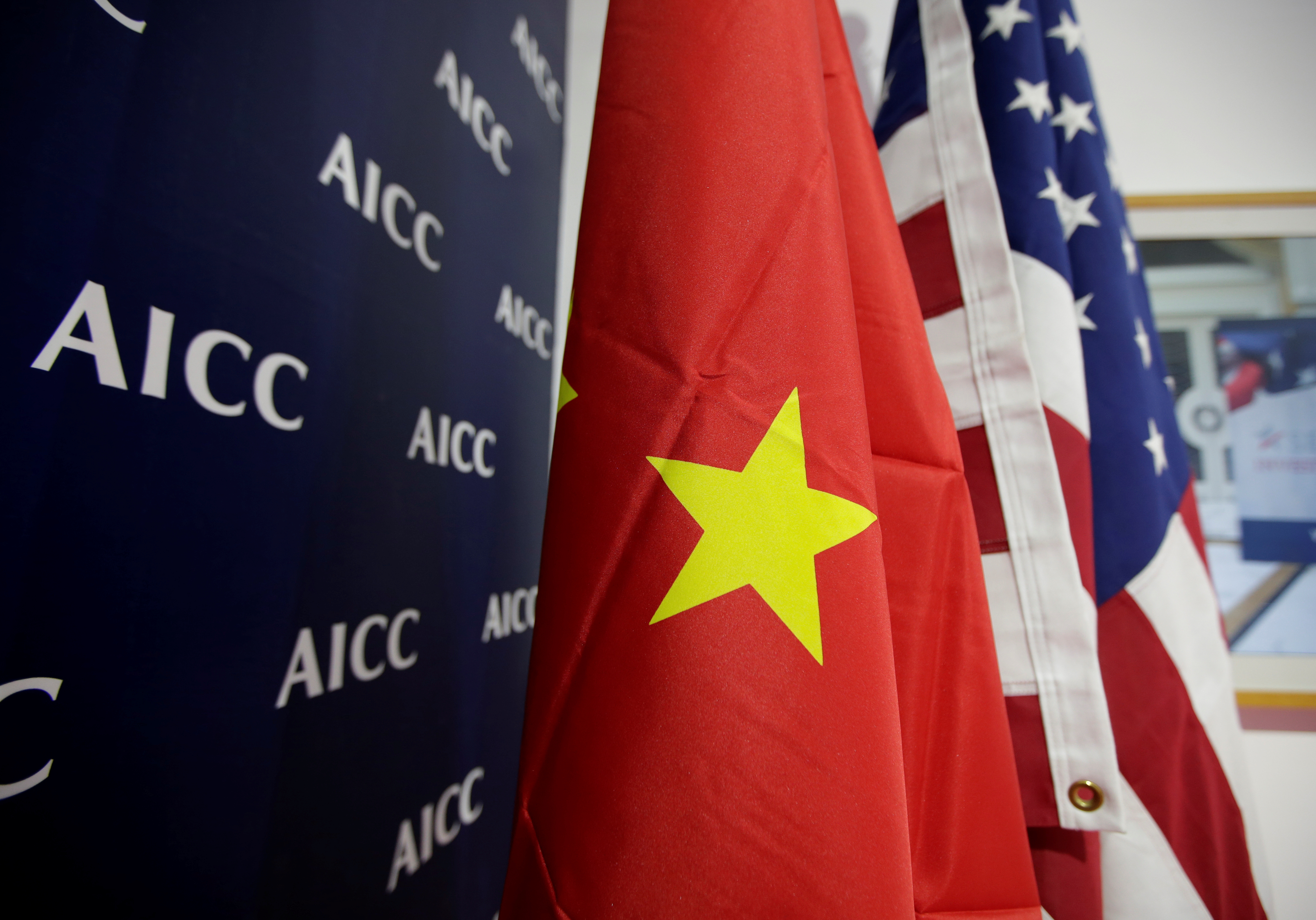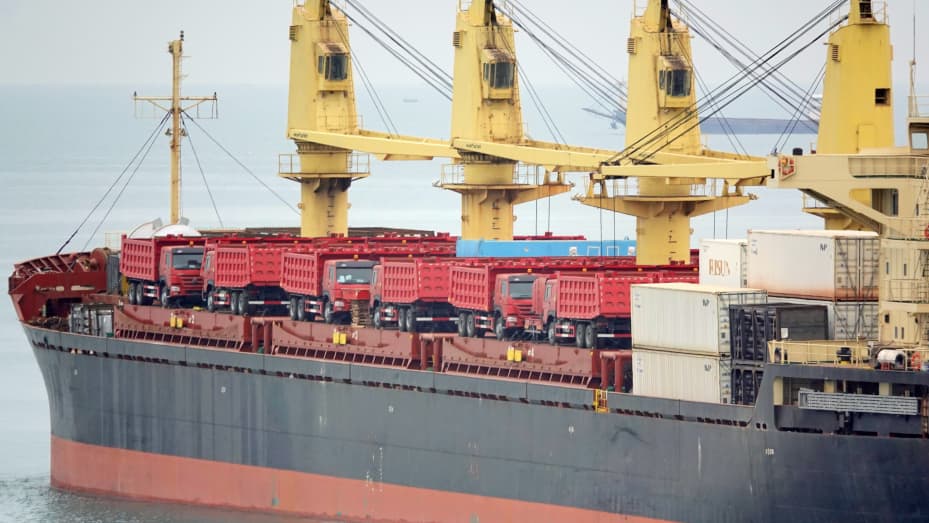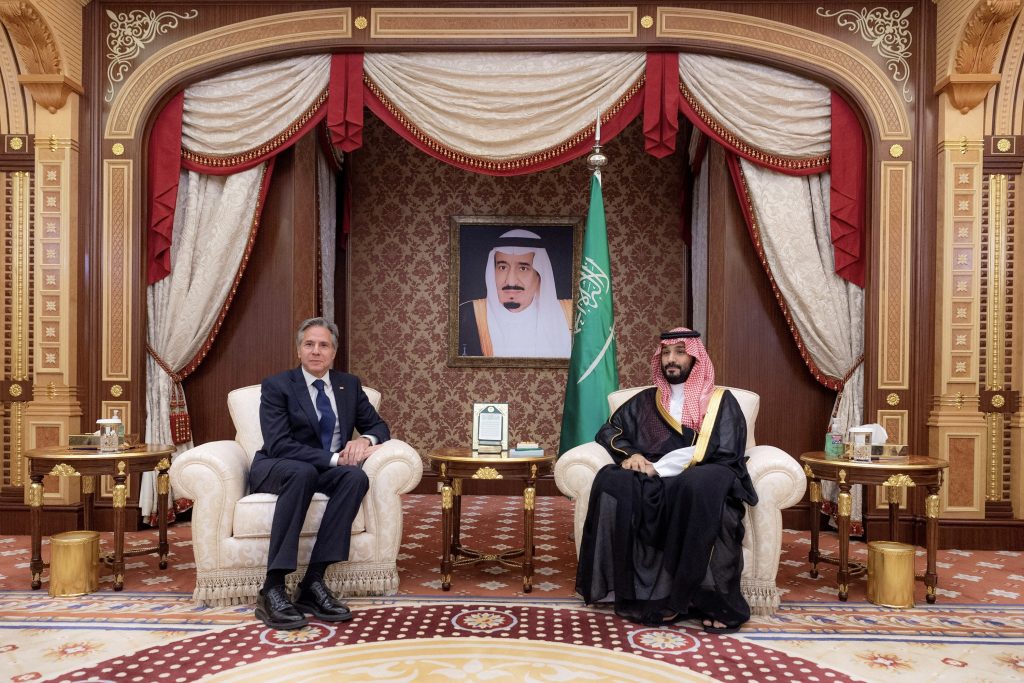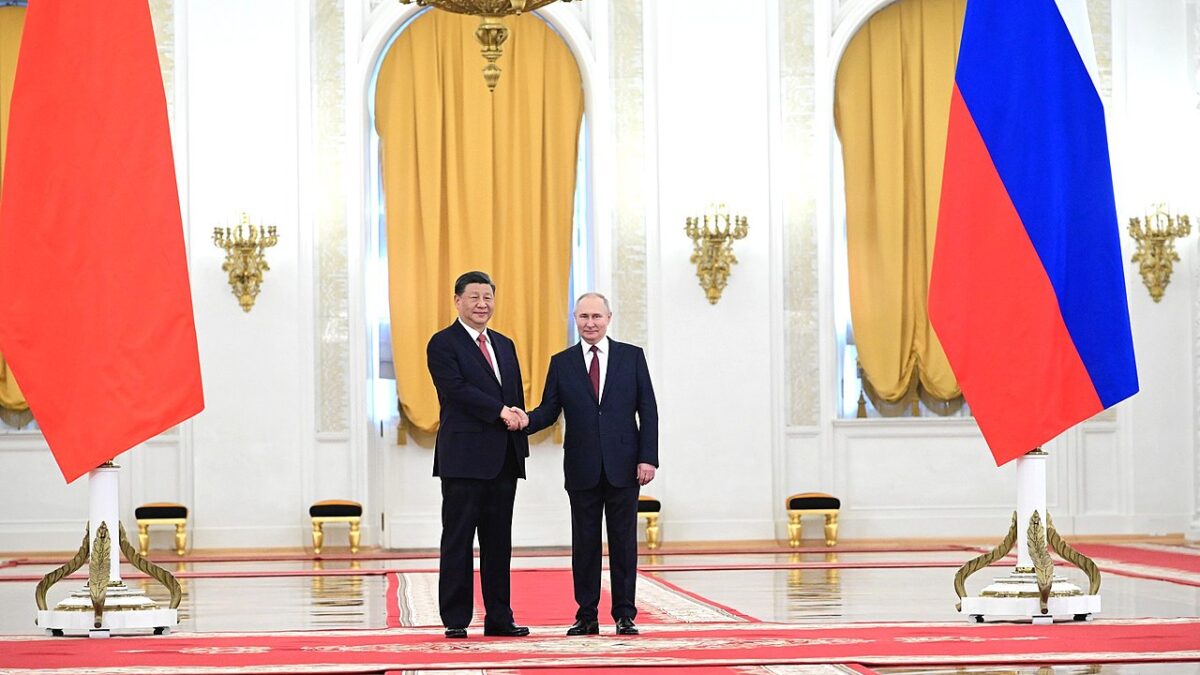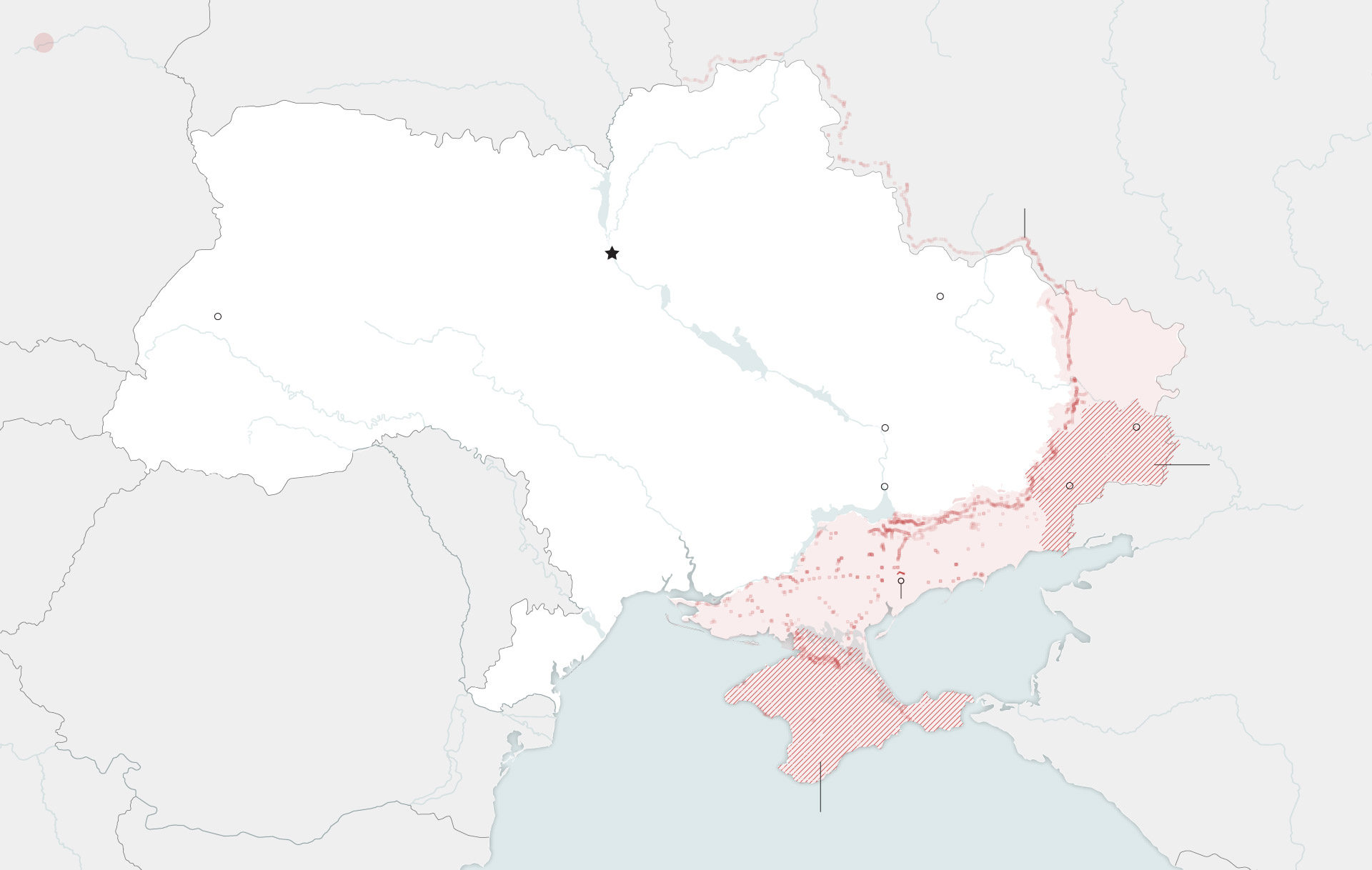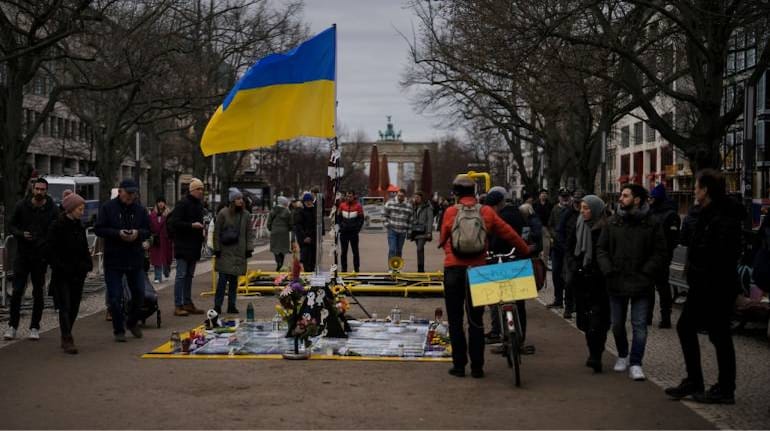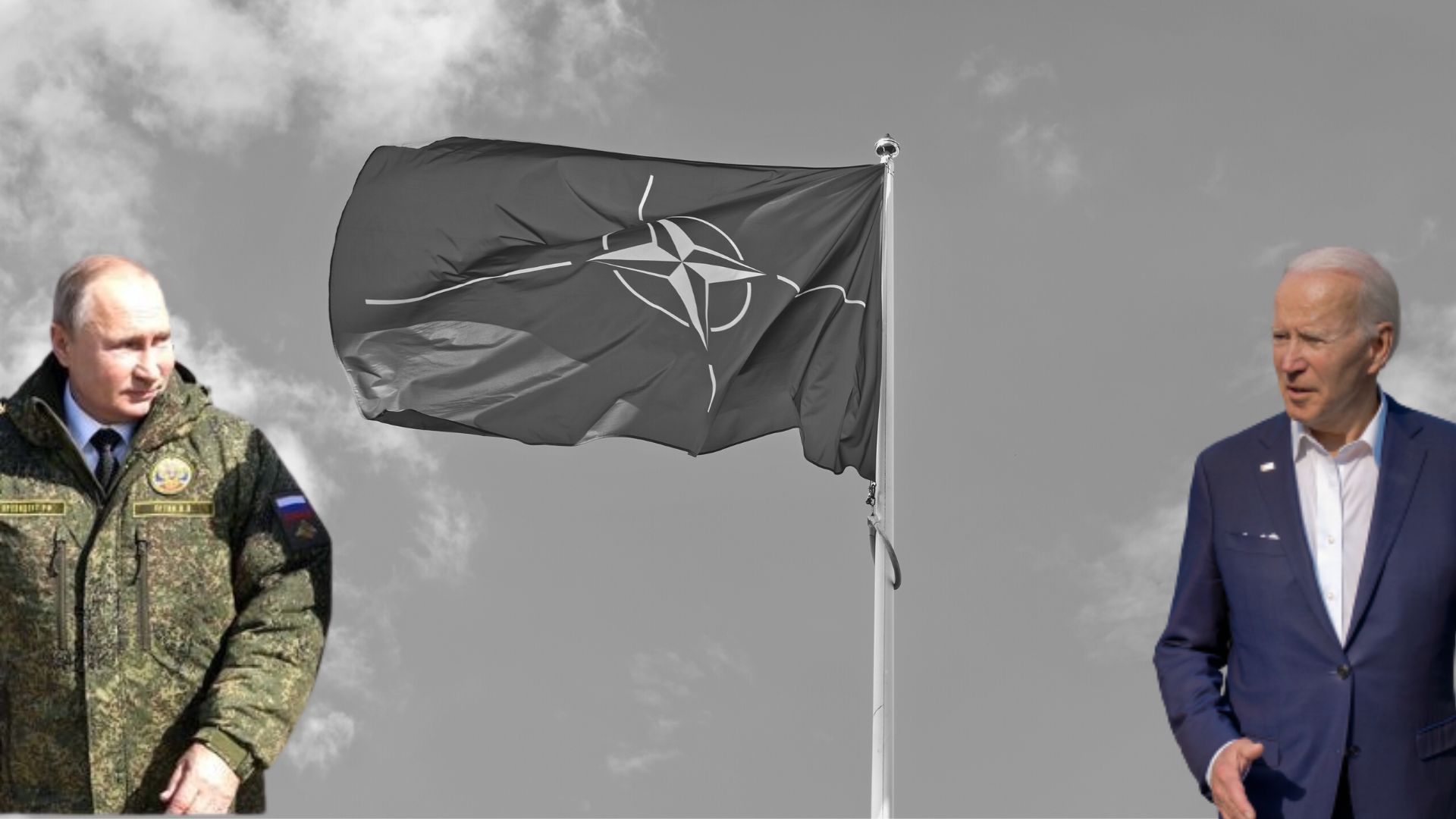Rajiv Kumar Srivastava – Defence Analyst
Bloated Narrators with Biased Narrative
The current imbroglio of Manipur which cost lives and huge loss of property may not be entirely triggered by two or three causes, be it high court directions on ST status, forest land surveyor or removal of a few religious encroachment. One thing that stands out that foundations of this hate filled macabre violence were laid months before by scripting ultra nationalist narrative and continuously feeding to target audience . Most of the talk show or articles can be broadly grouped in to two. One, dealing with past history, different land population density and the second group emphasising why power sharing between three ethnic groups are not feasible. Majority of them had a clear cut agenda, perhaps to protect and enhance their shares. All the narrators deliberated on negative aspect of extension of reservation will create catastrophe in the state and as if it’s benefits to Manipuri citizens are not applicable pan India. Few self styled ethnic group spokesperson also did not give impression of them individually gone through the sufferings or suffered violence at the street. Their postures in studio gave out their ease of life far from ground realities of hills or valleys of Manipur. At one glance one can say that most of state based narrators appeared to be rich probably due to their share from informal trade.
Unfolding and unabated mindless violence betrayed century old Vaishnav or Christian ethos of protecting infirm, when a group operating very close to a police station,dragged and burnt mother and an injured child moving in ambulance in Imphal city on Sunday night, 04 June 23 ,victims plea for mercy were not heeded. In Manipur, one took pride in giving respect to mothers and child by keeping them out of any violence in the past. Respect and honour accorded to Meera Paibi, the torch bearer mothers of Manipur is a shining example of this traditions. No one dares to defy mothers. Now, this attack on woman and her child will leave a scar, which will remain for many years and huge efforts needed by few statesmen, international sportspersons and Meera Paibi from the state to heal it. Having gone through sufferings of innocent , now is the time to spell out five security challenges and way ahead.
De-weaponies the Society


